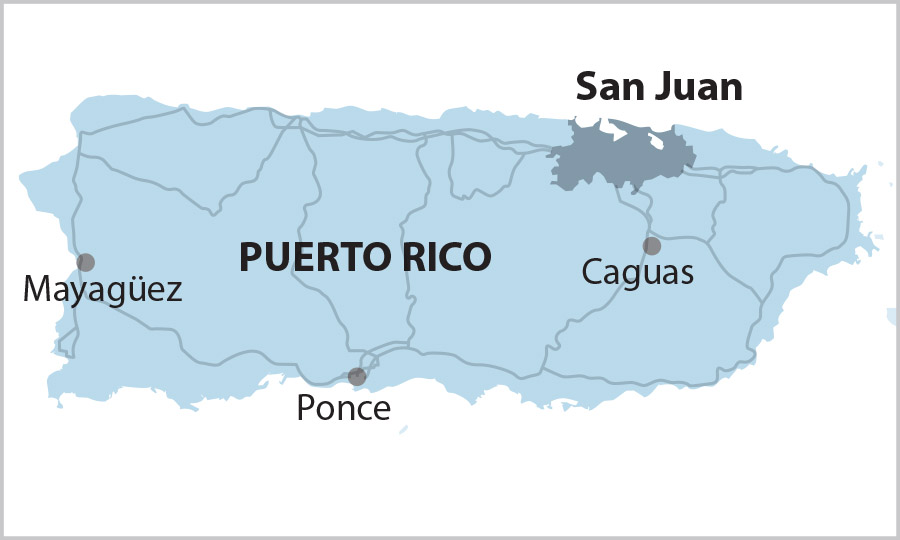IEEFA: Puerto Rico can provide resiliency to 100% of homes through solar expansion

March 10, 2021 (IEEFA)—Investing $9.6 billion in distributed solar panels and batteries—funds that are already available from the federal government—could transform Puerto Rico’s electrical system into a resilient grid that provides every home on the island with a clean, reliable source of energy, according to a report released today.
The report by Puerto Rico organization Cambio and the Institute for Energy Economics and Financial Analysis (IEEFA) summarizes grid modeling studies commissioned by Cambio to evaluate the cost and operation of the grid under increasingly higher amounts of distributed renewable energy. The report found Puerto Rico could cost-effectively and reliably generate 75 percent of its total electricity from renewables within 15 years. It would include resiliency in the form of rooftop solar and battery storage for every home on the island.
Adopting the plan advocated by the Puerto Rican labor-environmental alliance Queremos Sol would mean the island wouldn’t need to invest in new fossil fuel power plants or convert existing plants to natural gas. At least one major coal- and two oil-fired plants could be retired, reducing Puerto Rico’s fossil fuel costs from the current $1.4 billion to $430 million. The change would also benefit customers, knocking electricity prices from the current 21 cents per kilowatt-hour (kWh) to less than 15 cents/kWh if the federal funds are used.
“The study shows that there is no need to use public funds for new fossil fuel projects or conversion of existing plants to natural gas,” said Ingrid Vila Biaggi, Cambio’s co-founder and president. “PREPA should start now with investing $9.65 billion in available federal funds to install rooftop solar and storage systems.”
The Puerto Rico Electric Power Authority (PREPA) has announced plans to spend $8.4 billion in federal funds over the next decade to rebuild the island’s centralized transmission and distribution system, battered by a major hurricane and series of earthquakes. It would spend another $853 million on natural gas infrastructure—but nothing on renewable energy.
“A transformation to energy self-sufficiency would allow for stable, lower prices with less investment in transmission and distribution than PREPA has proposed,” said Cathy Kunkel, an IEEFA energy finance analyst. “Renewable energy investments would stabilize rates by reducing dependence on volatile fossil fuel prices.”
Full report: We Want Sun and We Want More
Webinar: https://youtu.be/c9EQFE-yYuA
Grid modeling studies:
Puerto Rico Distribution Modeling
Puerto Rico Distributed Energy Resource Integration Study – Load, Energy Efficiency, and System Cost
Author contacts
Cathy Kunkel ([email protected]) is an IEEFA energy finance analyst.
Ingrid Vila Biaggi ([email protected]) is CAMBIO’s co-founder & President and an IEEFA board member.
Media contact
Vivienne Heston ([email protected]) +1 (914) 439-8921.
About IEEFA
The Institute for Energy Economics and Financial Analysis (IEEFA) examines issues related to energy markets, trends and policies. The Institute’s mission is to accelerate the transition to a diverse, sustainable and profitable energy economy.












